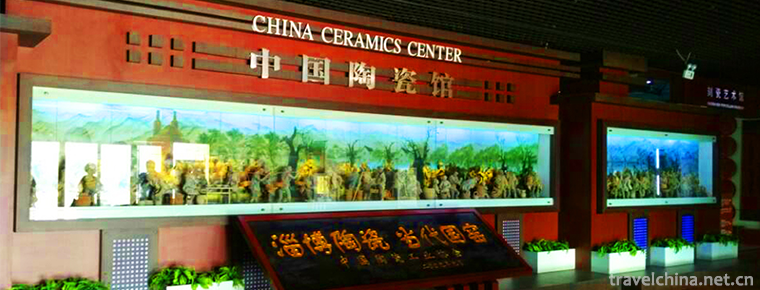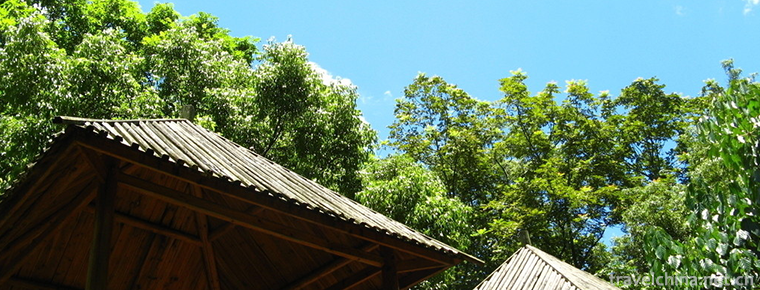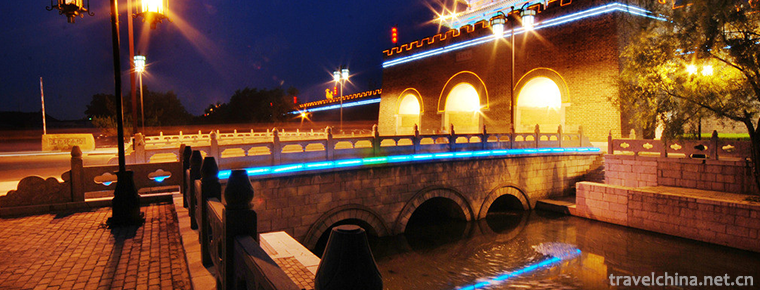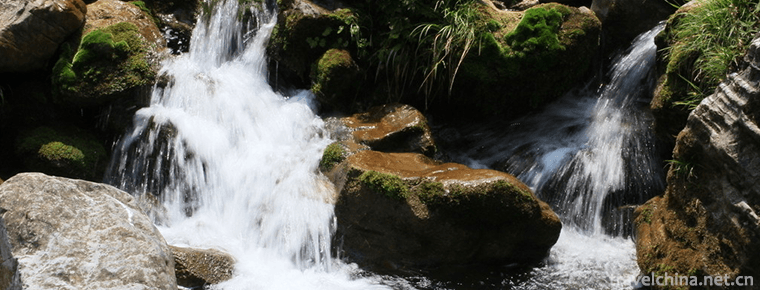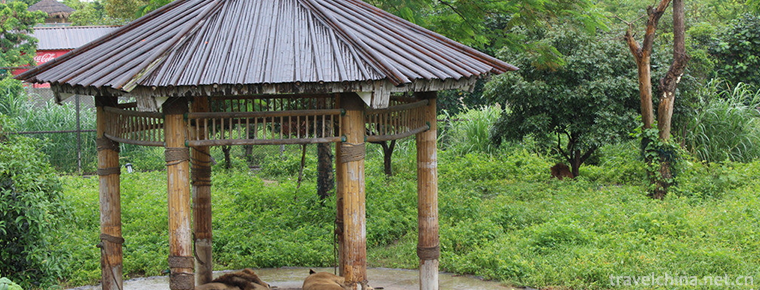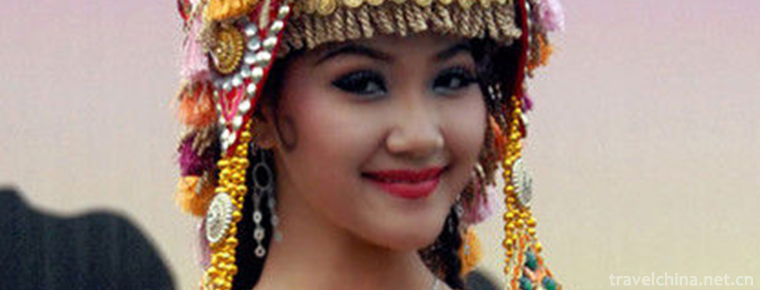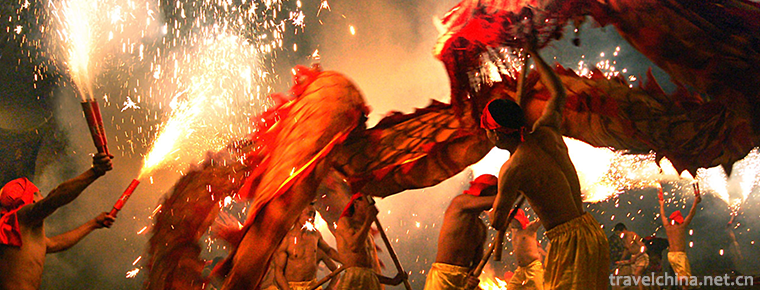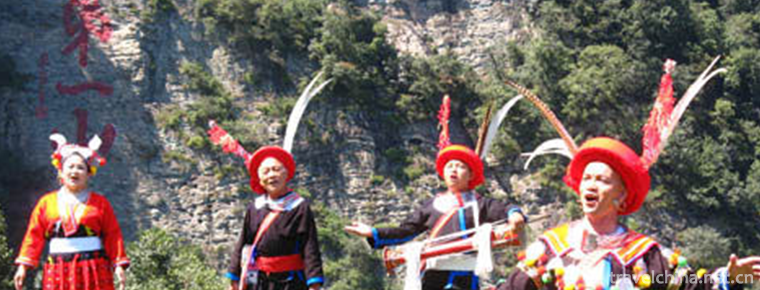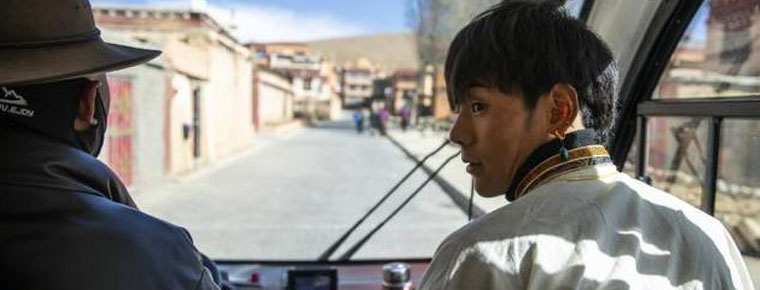Lodgeroye and Zaszai
Lodgeroye and Zaszai
Lodgeroye and Zaszai is a representative long poem of Hani poetry style, which is widely spread in all villages inhabited by Hani Biyo people in Hani Autonomous County of Mojiang. There are ten chapters and more than 2000 lines in the poem.
In May 2011, the declaration of "Lodgeroye and Zaszayi" by Hani Autonomous County of Mojiang, Yunnan Province, was approved by the State Council to be included in the third batch of national intangible cultural heritage list.
historical origin
Hani people have rich and colorful traditional folk literature without their own national characters in traditional history. From the traditional history of Hani people, we can see that Hani people are an open-minded, creative, enterprising and strong vitality nation. In the process of migration with hardship and farming in mountainous areas, Hani people, without traditional writing, inherited from generation to generation many touching and exciting grand poems and ancient songs, such as migration epics "Hani Abe Congpo", "Janiyaga Zangga", "Duma Brief Collection", "The Most Grassy Tuma Round", and ancient wedding songs. OuXiayi, the ancient funeral song "The Song of Ama's Death", the folk narrative poem "The Twelve Slaves Bureau" and so on, all have great momentum to reflect the national spirit and personality of the Hani people, and become a splendid flower in the hundred gardens of the Chinese Cultural Garden.
The Hani folk narrative poem "Lodgeroye and Zaszayi" is a heroic ode of the Hani people in Mojiang, Jiangcheng, Puer, Yuanjiang and Xinping districts of Puer and Yuxi in Yunnan Province for a long time. "This heroic ode sings the simple, honest, pure and stubborn national character of the Hani-Biyo people, as well as the wisdom and awakening of this frontier brotherly nation." (2) The publication of the narrative poem "Lodgeroye and Zaszai" brings happy national pride to the Hani cadres and masses. It throws a stone into the tranquil lake and promotes the positive and healthy development of Hani culture. Liu Shu, Jiangxi, Li Guangxue and Guo Dongping, the collectors and organizers of narrative poems, have paid a hard price for this. The singer Bai Yangcai has passed away. This precious national cultural heritage has undergone many setbacks and has been officially published, which makes people feel gratified and inspired.
primary coverage
The Hani narrative poem "Lodgeroye and Zaszayi" has strong storytelling, ups and downs, distinct characters and tragic and heroic structure. It is a praise of ordinary labor, pure love and heart-stirring, distressed Hani heroic hymn, which is superior to Ahsien's Xianji, Ashima, the Third Country of Jade Dragon and the Great Black God. The folk narrative poems of the Xiu nationality are not inferior. (3) The narrative poem Lodgeroye and Zaszayi contains many simple philosophical ideas of the Hani people. Heroic tragedy is the most tragic and magnificent. The author only gives a brief overview from the above three aspects. If we want to analyze it more thoroughly and more vigorously, we should also think deeply about the background culture, introduce the effect of tragic structure and its impact on humanity.
There are 10 volumes of 1021 lines in the poems of Lodgroye and Zaszai. Songs at the beginning of the first volume; Songs at the beginning of the second volume; Fanzai Zaszai; Aki Lodgroye, the third volume; Street meeting; Yangtian couplets in the fourth part; Family seeking in the sixth part; Starting a family and starting a career in the seventh part; Leading Resistance to Rent in the eighth part; Soul of the immortal in the ninth part; Songs at the end of the tenth part.
artistic characteristics
The poem has a complete plot and vivid characters. It is a song of praise for labor and pure love. More importantly, it is a hero's Ode to the most outstanding young men and women of the Hani nationality who resist oppression and strive for freedom and indomitable soul. No wonder the Hani people are so obsessed with it that when they hear old singers playing and singing, they often stay together for several nights. Because it expresses the wishes of the Hani people and sings the voice of the Hani people. The tragedies of the protagonists Lodgeroye and Zaszai are the historical tragedies that the Hanis have suffered. The young men and women stood up for the survival of the masses and were chopped into pieces of meat and meat sauce and still resurrected. The legend that the soul will never die, though still dead, is an artistic representation of the strong character of this frontier nation. No wonder the people of Hani call them Aki Lodgroye, the highest honorable hero, and Miza Zaszai, the highest honorable flower of wisdom and beauty.
In this long narrative poem, from the birth, growth, meeting and marriage of Lodgroye and Zaszai to the leading anti-rent, brave and unyielding, magnificent devotion, it not only reflects the strong character of the outstanding youth of Hani nationality in pursuit of freedom and fearing violence, but also reflects the production and living conditions, folk customs, marriage relations and bustling commodity exchanges in the streets and markets at that time. Scene of flow. Especially there are some artistic descriptions about people, simple, profound and image. For example, in the fifth volume, it was written that Lodgeroye promised the girls who were planting rice seedlings to play the strings to play "Invite Family Tune" to them: "When the strings started, the girls loved to listen; when the strings went down, the girls were very sweet"; "Seventy girls, seventy shapes: some listened straight, some listened crookedly, some listened with their ears sideways, and some listened with their rice seedlings." "Seventy girls'hearts fascinated Lodgeroye's strings. They lost their rice seedlings in their hands, their scarves on their heads, their sisters-in-law, and their dolls fell into the fields. This scene is not only reminiscent of the famous ancient Yuefu of the Han people, "Moshang" in which all the people gaze around and watch the beauty Luofu's eternal absolute singing!
This heroic ode sings the honest, pure and stubborn national character of Hani people, as well as the wisdom and awakening of Frontier brothers and nationalities. It does not end with the usual reunion, but with a magnificent tragedy. And the tragedy happened because the Hani people came out of the ruin like Nihan. Use the excessive kindness and innocence of his compatriots to carry out tricks. So, "Nihan shot Lodgeroye quietly with Lodgeroye's crossbow; the soldiers and horses of the three rivers and two provinces captured Lodgeroye alive." The singer repeatedly chanted sadly, "Unfortunately, Lodgeroye's father's heart is too kind to see Nihan's tricks, but Lodgeroye's mother's heart is too kind to see Nihan's tricks." "Unfortunately, Lodgeroye was too honest, but Zaszai was too honest. They spoke to Nehan in their hearts." These touching sad words mark the growth and awakening of the wisdom of the Hani people, which is the result of seven days and seven nights of blood from their beloved heroes and heroines nailed to the rocks by copper nails.
Inheritance significance
Lodgroye and Zaszai, a long narrative poem of the Hani people, has been handed down to the present day through the processing of generations of ancestors and the mutual penetration of national culture. It praises the truth, goodness and beauty, whips up the false, evil and ugliness, and inspires generations of Hani people to bravely live and pursue beautiful ideals. It has a profound influence on the production and life of the local Hani people. As the beginning of the poem sings:
"Er --
The guys in the stockade yo,
Burn the fire quickly.
Listen to me play the string.
Sing a song passed down from generation to generation.
In ancient times,
We're in Iyaobi,
There was a brave young couple.
They are the embodiment of hero, wisdom and beauty.
Their stories are like fires tonight.
Can illuminate the hearts of our Hanis.

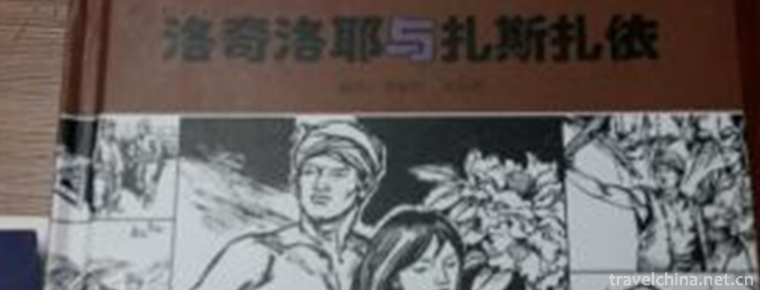
-
Crystal River Shrimps
Crystal river shrimp is a local famous dish, which belongs to Shanghai cuisine. The size is uniform, crystal clear, elastic and brittle..
Views: 245 Time 2018-11-14 -
China Ceramic Museum
The China Ceramic Museum is located in the Cultural Square in the center of Zibo City. On the basis of Zibo Exhibition Hall in April 2001, it was transformed by large-scale investment.
Views: 127 Time 2018-12-22 -
Liangfengjiang National Forest Park
Liangfengjiang Forest Park is the earliest national forest park in Guangxi approved by the Ministry of Forestry, covering an area of more than 70,000 mu. Located in the southern.
Views: 174 Time 2019-01-30 -
Sankong Tourist Area in the Old City of the Ming Dynasty
Qufuming Old City Tourist Area in Jining: World Cultural Heritage, one of the three holy cities in the world, national AAAAA-level tourist attractions, National Scenic spots.
Views: 241 Time 2019-02-07 -
Shuimogou Scenic Area
Shuimogou Scenic Area, also known as Shuimogou Park, is named after Shuimogou in the scenic area. It is located in the eastern suburb of Urumqi, Xinjiang. Around 2000.
Views: 364 Time 2019-02-13 -
Xiangshi Zoo
Xiangshi Zoo is invested and constructed by Dongguan Yuye World Industrial Investment Co., Ltd. The total investment of the project is estimated to be 350 million yuan..
Views: 139 Time 2019-02-25 -
Changshan Cheerful Ballads
In Changshan, the custom of applauding when marrying and bridging a new house has been popular among the people since ancient times for the sake of luck. The content of applause for marriage.
Views: 380 Time 2019-04-16 -
Kirgiz costumes
"Kirgiz" means the people who live on the cliffs. Another saying is that "Kirgiz" are forty girls. This statement is wrong. Most of the Kirgiz people live in Xinjiang's Kizilesu Au.
Views: 263 Time 2019-05-09 -
Hakka ancient prose
As early as the late Ming Dynasty and early Qing Dynasty, Hakka ancient prose had been formed, mainly distributed in Gongjiang Town, Xinpi Township, Kuanta Township, Zishan Town, .
Views: 156 Time 2019-05-09 -
Dragon Dance
Dragon dance, also known as "Dragon Dance", is also called "Dragon Dance", "Dragon Lantern Dance" or "Dragon Dance Lantern Dance", one of the traditional Chines.
Views: 122 Time 2019-05-14 -
Yao Folk Songs
Yao folk song is a popular Yao folk song in Ruyuan Yao Autonomous County of Shaoguan City. Yao language is called "Saihua handle". It is translated into Chinese to mean "the language th.
Views: 125 Time 2019-07-11 -
Ding Zhen first salary to buy washing machine and battery car
Ding Zhen's first salary to buy a washing machine battery car, do not want her mother's hands frozen.
Views: 108 Time 2020-12-06

